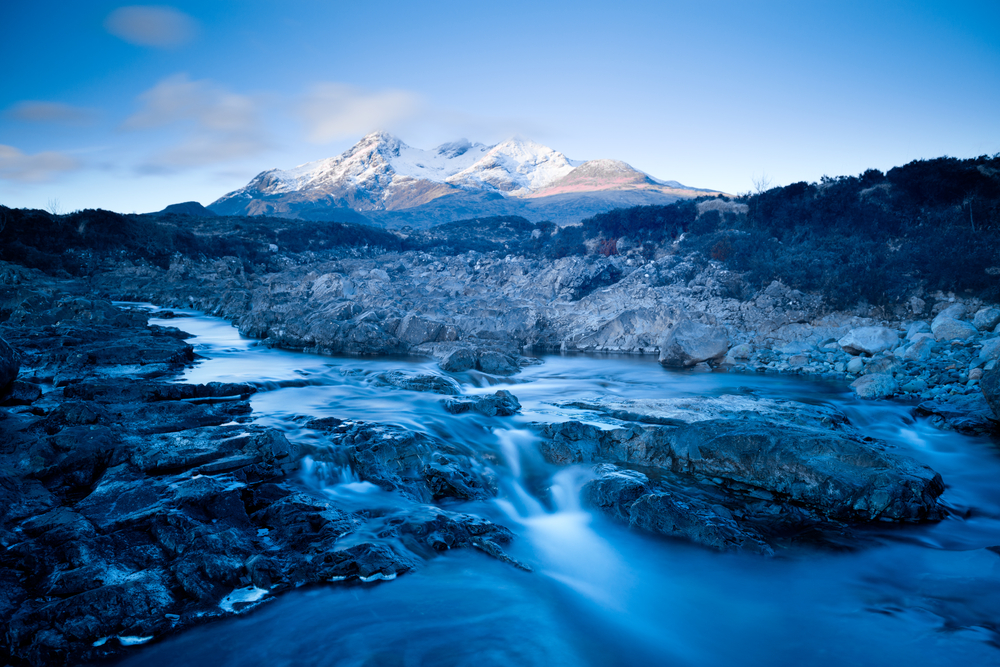If you’re not the snowboarding or skiing type, it might be tempting to batten down the hatches and snuggle up inside with a mug of hot chocolate during the colder months. However, don’t let the frosty weather fool you; this is the best time of year for viewing some of Earth’s most curious animals. Here are eight of the best destinations to experience nature in the dead of winter.
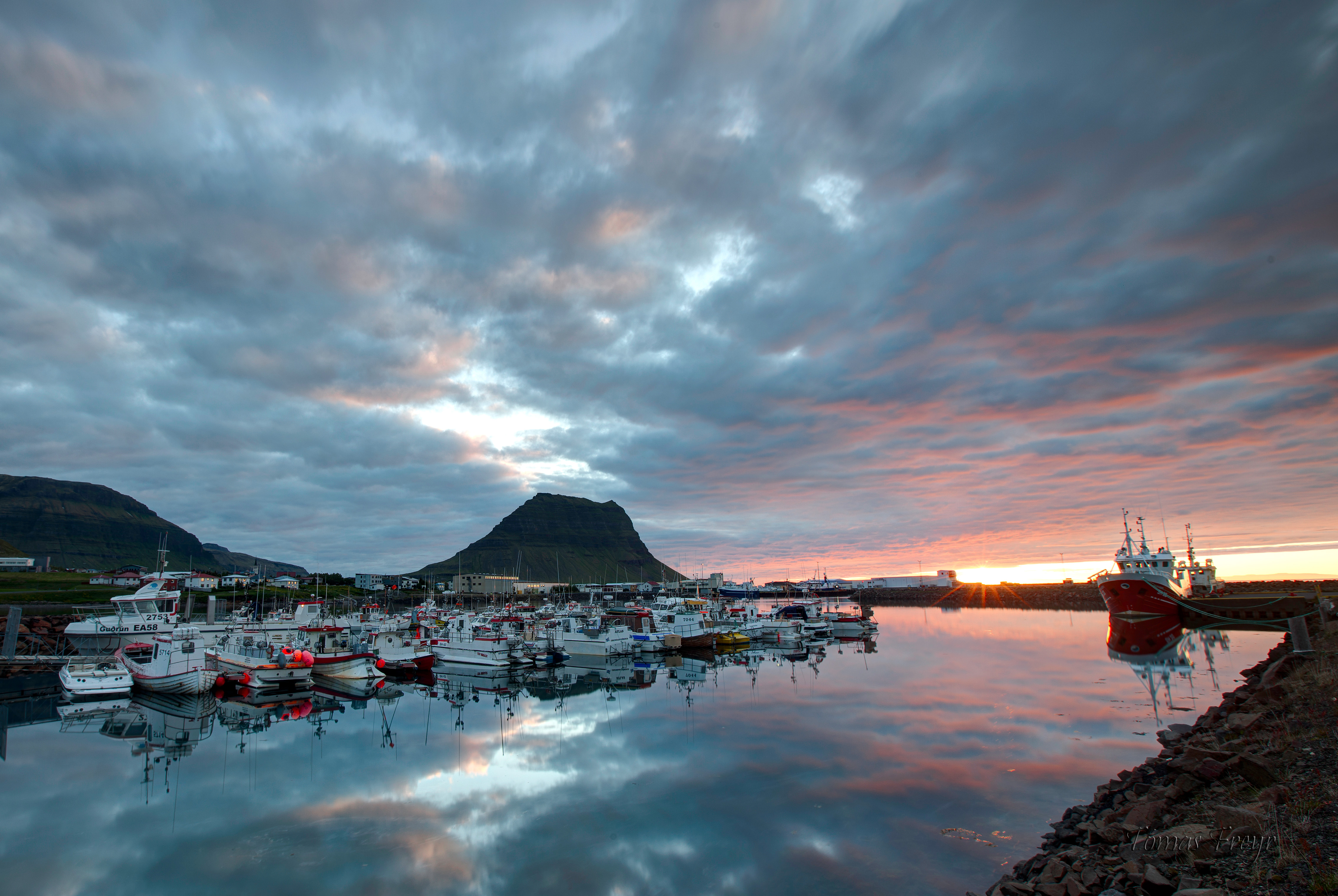
1. Grundarfjördur, Iceland
This small fishing town in northern Iceland, is a prime location for viewing orca—even from the shore. For the past five winters large numbers of Atlantic herring have been coming into the sheltered waters pursued by groups or ‘pods’ of orca. Although orcas can be found in this area all year round, February and March are the best time to see them, as they swim closer to land.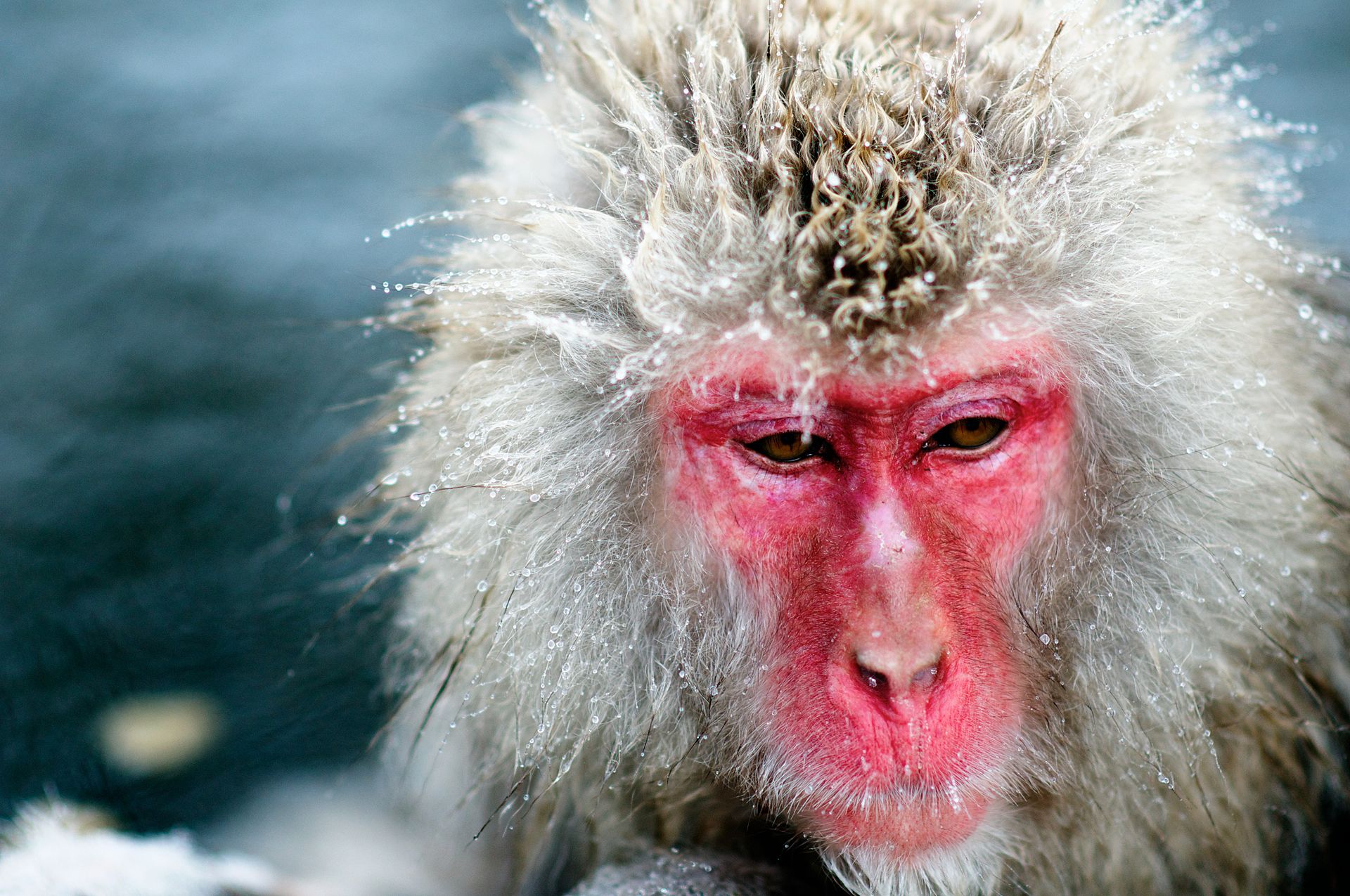
2. Jigokudani Yaenkoen National Park, Japan
Aside from being a tongue twister, Jigokudani Yaenkoen National Park is home to the Japanese macaque, aka the snow monkey. This is the most northern dwelling primate (aside from humans) and can withstand temperatures of around -15°C. Thanks to the Yokoyu River, Jigokudani Yaenkoen is home to natural volcanic hot springs. During the snowy months, the Japanese macaque can be viewed bathing in the hot, steamy water whilst looking rather cute.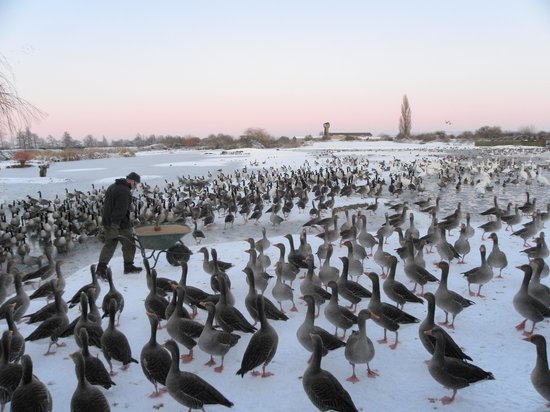
3. WWT Slimbridge, England
Slimbridge Wildfowl and Wetland Trust site is a paradise for bird lovers. Each year Bewick Swans overwinter in this area having flown South from Siberia for some slightly warmer weather. They can usually be found at Slimbridge between October and March, generally around marshes, shallow freshwater lakes or slow-moving rivers. Keep an eye out for white-fronted geese too, which are also present in small numbers at this time of the year.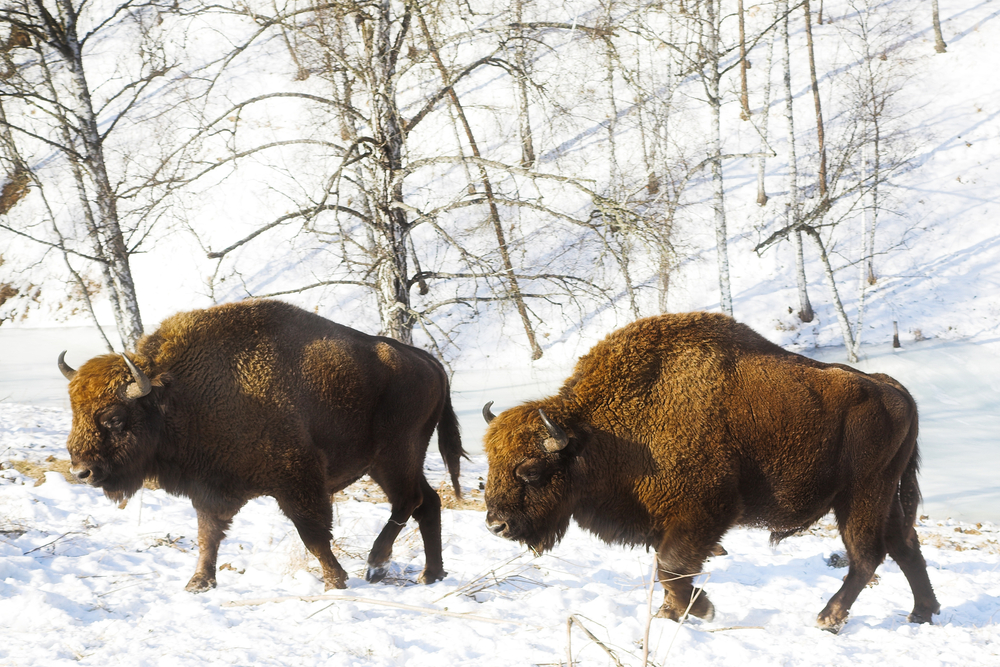
4. Białowieża Forest, Poland and Belarus
Straddling the border between Poland and Belarus is probably the largest expanse of pristine primeval forest anywhere in Europe. Perhaps the most famous residents are a large heard of European bison, which are slowly making a comeback in the region. It’s also known for enormous old growth oak trees and a staggering variety of birdlife. In the winter, though a little less accessible, it is undoubtedly at its most magical.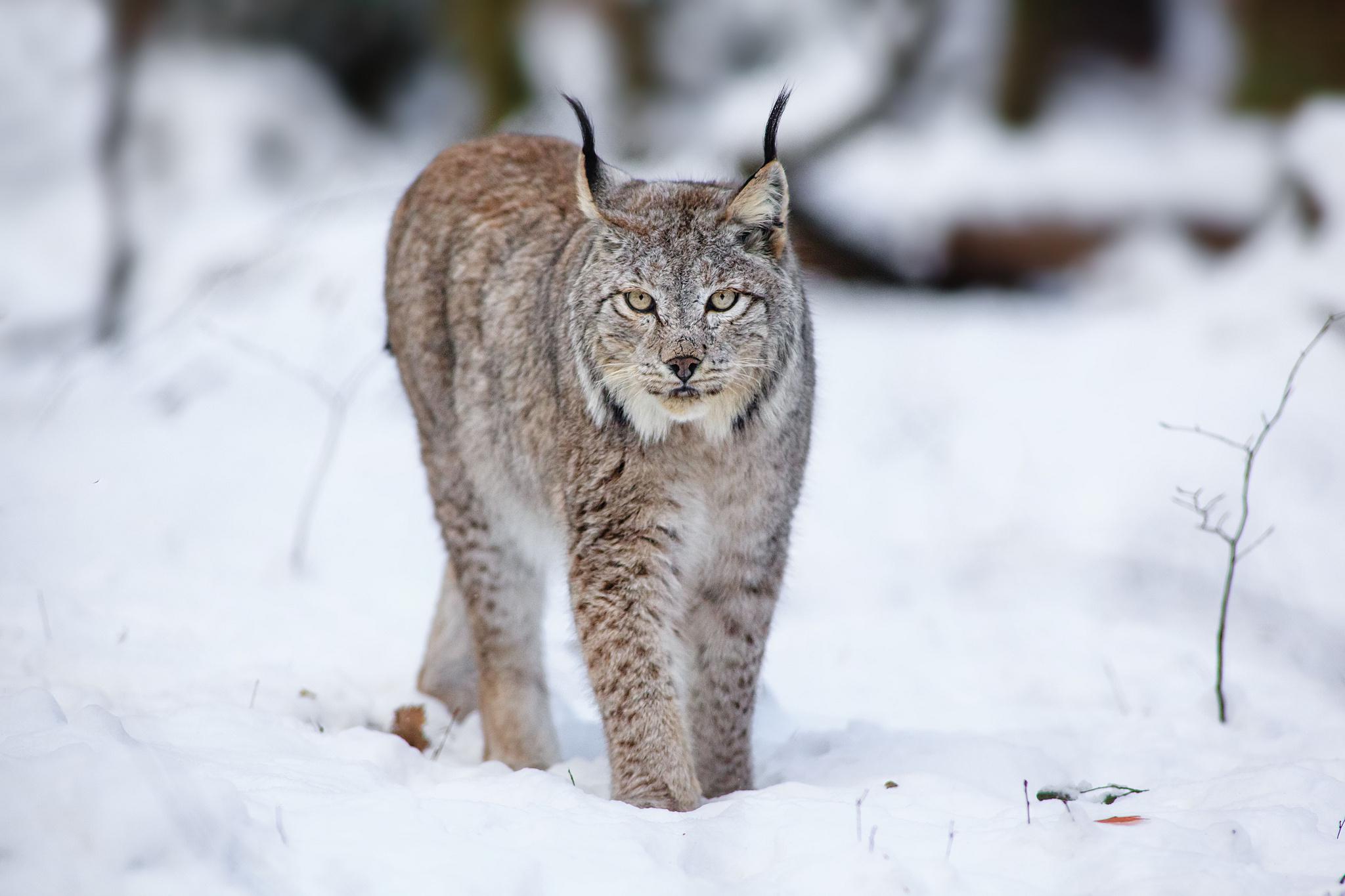
5. Andújar, Spain
Andújar, a province in Andalusia, Southern Spain is one of only two remaining areas in the world where the endangered Iberian Lynx can be spotted (provided you have a bit of luck, and a lot of patience). Your best chance of seeing this very shy, tawny coloured, tufted eared cat is during mating season in December-January, where the female will leave her territory in search of a suitable male companion.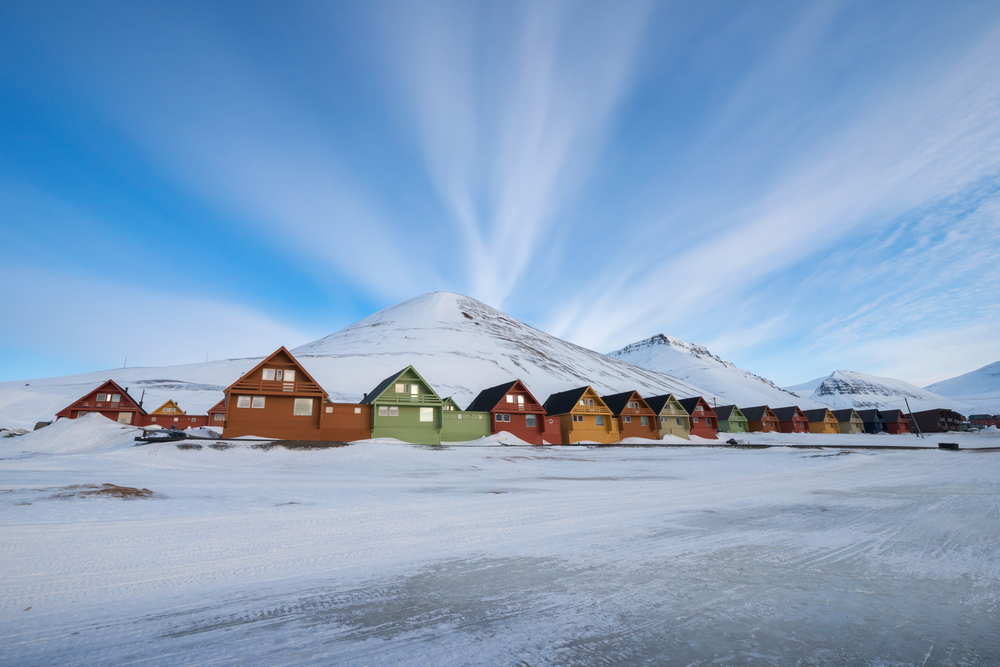
6. Longyearbyen, Svalbard
Whilst Svalbard is a magical location to visit any time of the year, the arctic light of the winter months provides a spectacular backdrop for nature viewing. Alongside the iconic polar bear, keep an eye out for walrus, arctic fox and reindeer. Although most birds migrate south, this is the best time of year to try and catch the aurora borealis.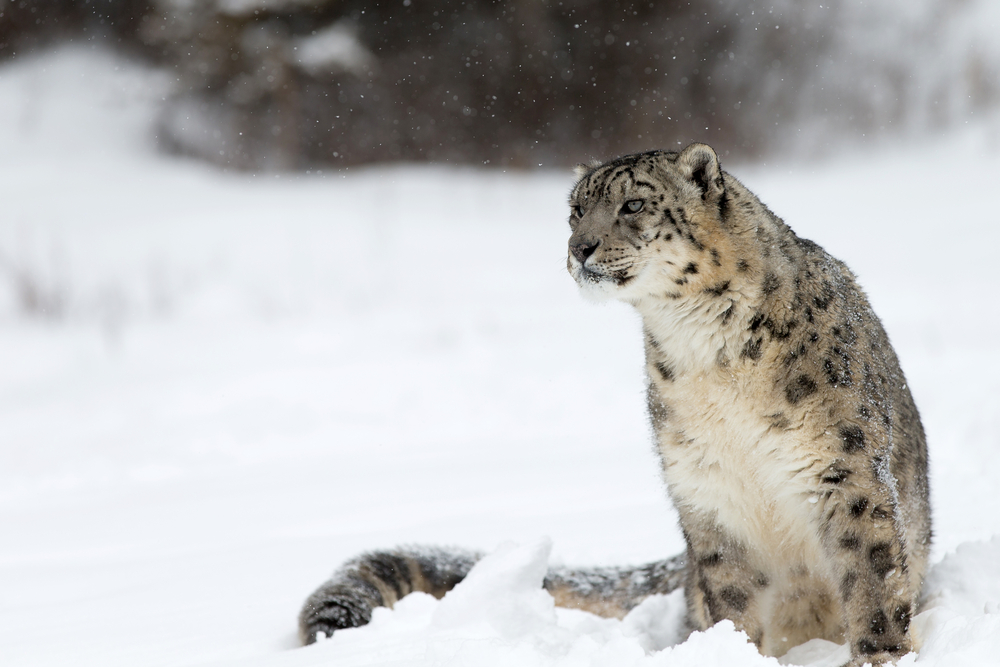
6. Hemis National Park, India
Hemis National Park is home to around 200 snow leopards. Winter is the best time of year to try and catch a glimpse of the elusive snow leopard, as they move down to forest areas in lower altitudes. Due to their shy nature this big cat is also known as the ‘silver ghost’, therefore have your camera at the ready, as this really will be a once a lifetime moment!